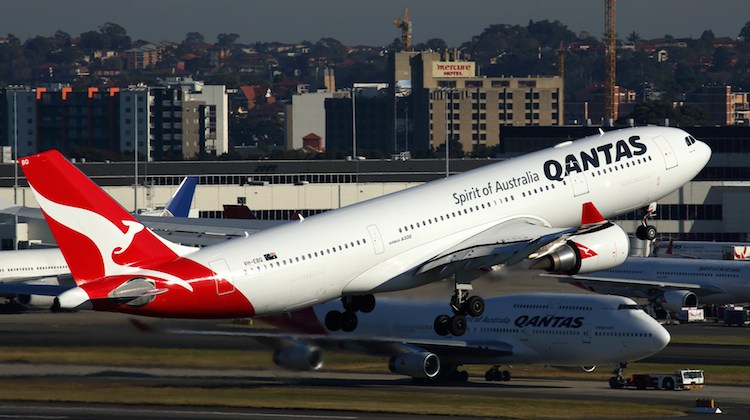
The federal government’s Department of Infrastructure and Regional Development has called on Australia’s competition regulator to reverse course and give Qantas’s proposed alliance with China Eastern the green light.
In March, the Australian Competition and Consumer Commission (ACCC) said it a draft determination it intended to knock back the tie-up, arguing the partnership would give Qantas and China Eastern “an increased ability and incentive to limit capacity and/or increase airfares” on the Sydney-Shanghai route.
However, the Department of Infrastructure and Regional Development said in a submission to the ACCC following the draft ruling, the proposed agreement was “positive for the Australian economy and is consistent with the Australian Government’s aviation policy settings”.
“The department sees no reason to deny the proposed coordination agreement,” the general manager for the Department’s aviation industry policy branch Stephen Borthwick said in the submission dated April 8.
“The benefits that will flow to Australia’s aviation industry, Australian consumers, the Australian tourism industry, and the Australian economy as a whole are exactly the benefits the Australian Government’s aviation policy is designed to support.”
In its draft determination, the ACCC expressed concerns that Qantas and China Eastern combined currently operated about 83 per cent of all seats between Sydney and Shanghai.
While Air China also flew between Sydney and Shanghai with a three times a week service, the ACCC said it did not believe the Star Alliance member would be an effective competitor against a combined China Eastern-Qantas entity and noted it had reduced its presence on the route over the past five years.
“The ACCC does not consider that Air China will sufficiently constrain Qantas and China Eastern in the event they decide to reduce or limit growth in capacity to increase airfares if the Proposed Conduct is authorised,” the ACCC said in its draft determination.
“The ACCC considers that the lessening of competition on this route that will arise as a result of the Proposed Conduct is likely to outweigh any of the public benefits likely to arise.”
In response, the Department said the ACCC’s draft ruling was “too narrowly focused on the Sydney-Shanghai route rather than the operations of the wider Australia-China market.”
It argued it was a “commercial reality” that in any given market a hub airline would have a significant market share on routes to or from that hub.
“This should not in itself prevent the formation of immunised alliances with the other carriers when consumer benefits can be showed to outweigh competitive impacts,” the Department’s submission said.
“The department also contends the ACCC has overstated the impacts on the Sydney-Shanghai route, particularly when considered in the context of the existing competition on the route and the availability of one-stop services in the broader Australia-China market.”
Meanwhile, the National Tourism Alliance argued in its post-draft determination submission the alliance would allow both Australian and Chinese markets to “better and more efficiently serve secondary cities in China through a domestic Chinese hub”.
“The draft determination constrains the ability of Australian airlines to develop a strategic hub in China,” the Alliance’s April 8 submission said.
“The Australia-China market is highly competitive in terms of both direct traffic and indirect options through other Asian hub cities.
“We are concerned that the draft determination cements a competitive advantage for other carriers and these hubs, through the existing liberal air services agreements that China has with them, in addition to the arrangements that Australia has with these third countries.”
Qantas planned to relocate its operations Shanghai Pudong Airport to Terminal One, which is where China Eastern is based, as part of the alliance to improve transit times and share facilities, among other benefits.















